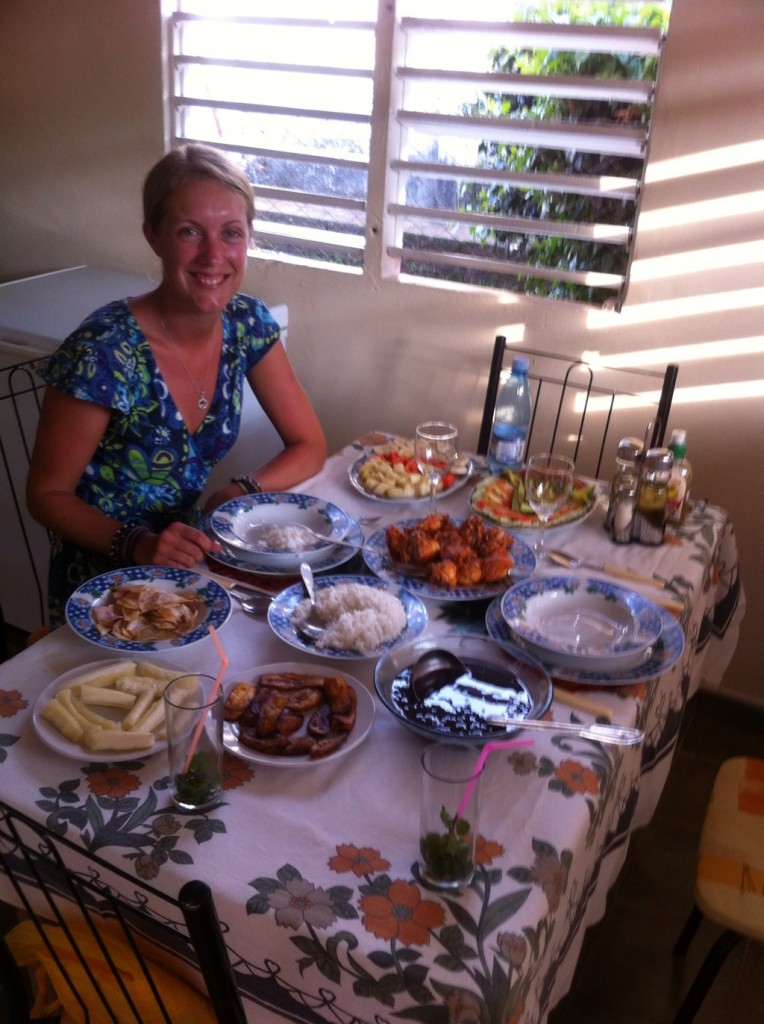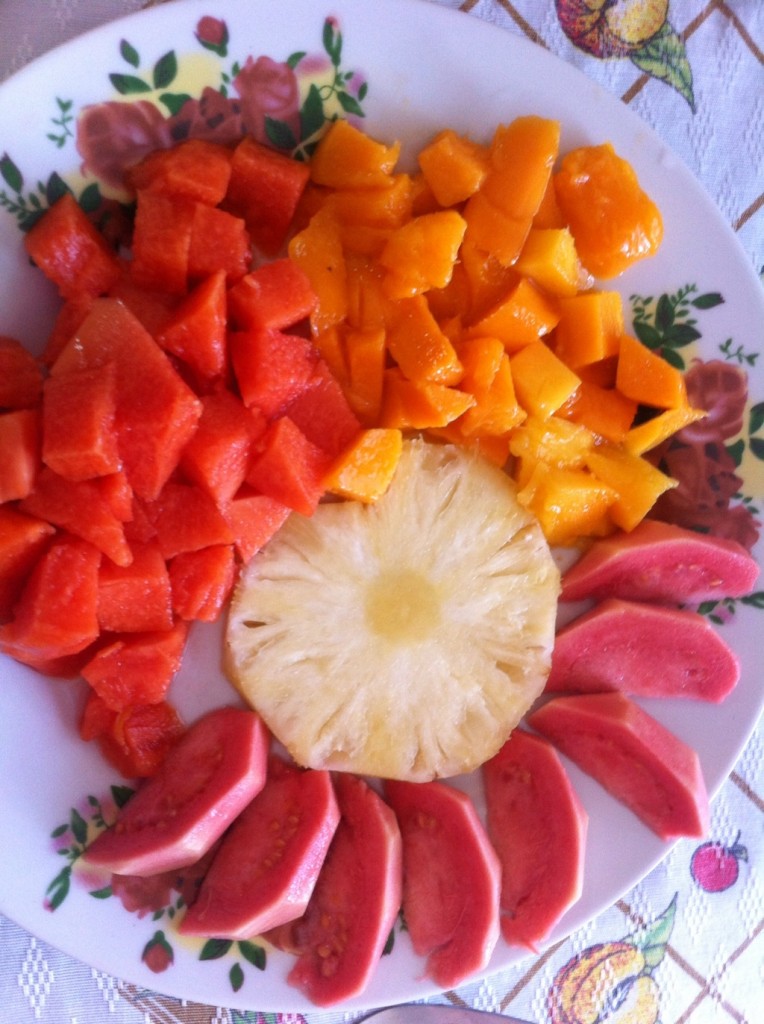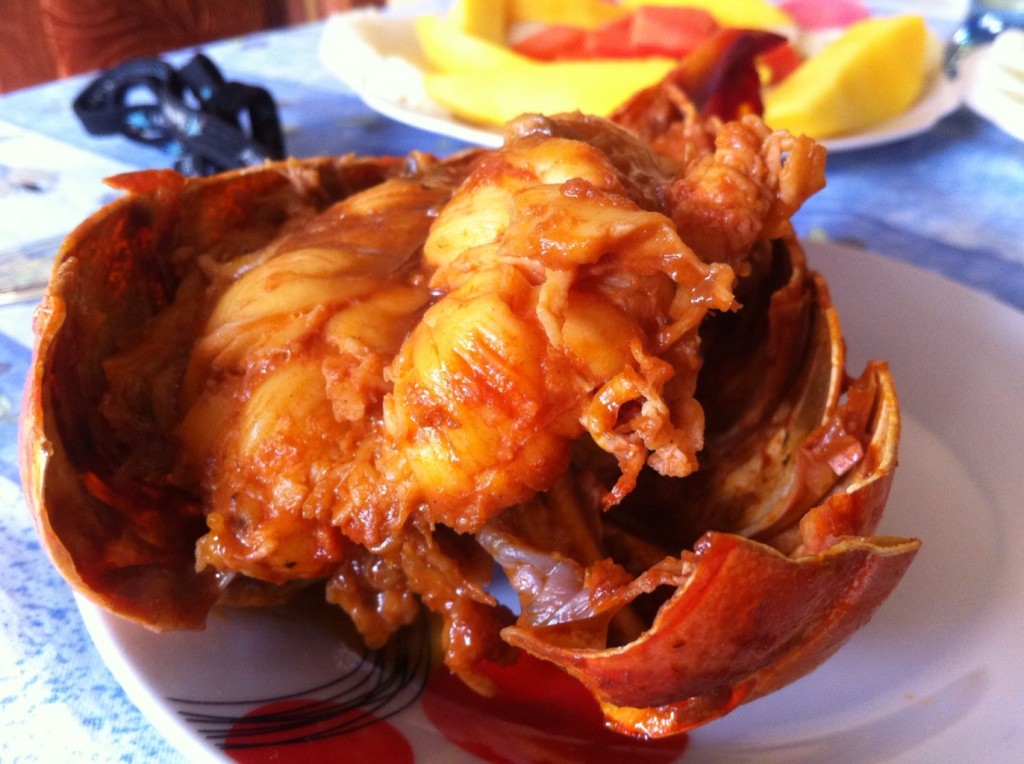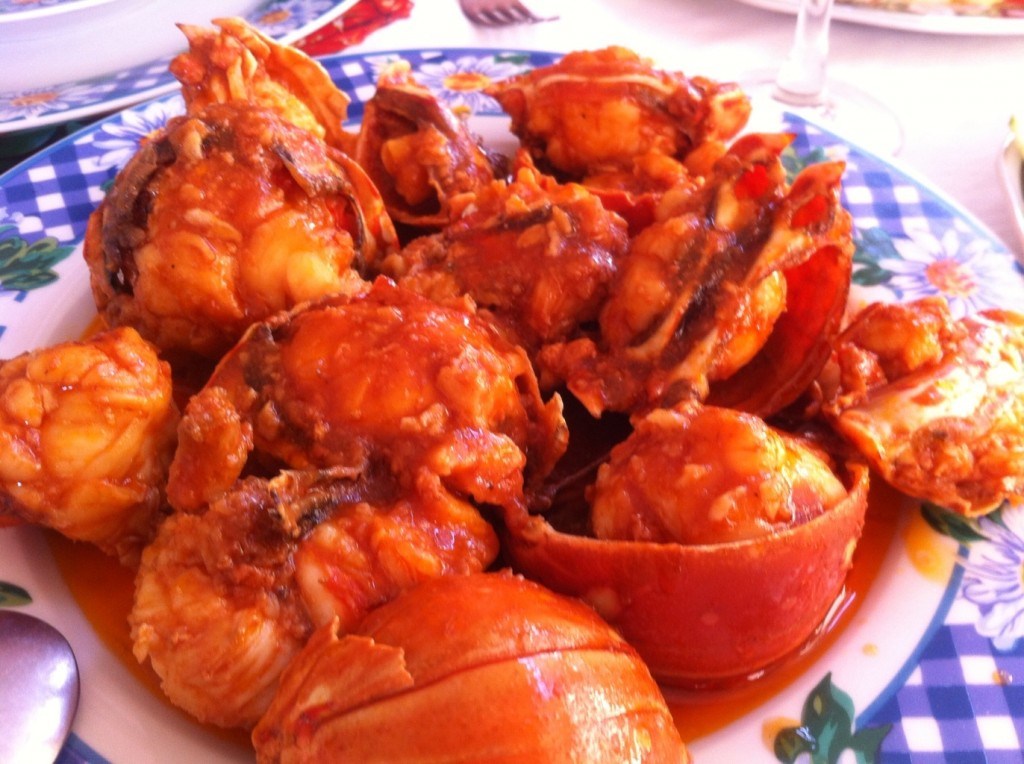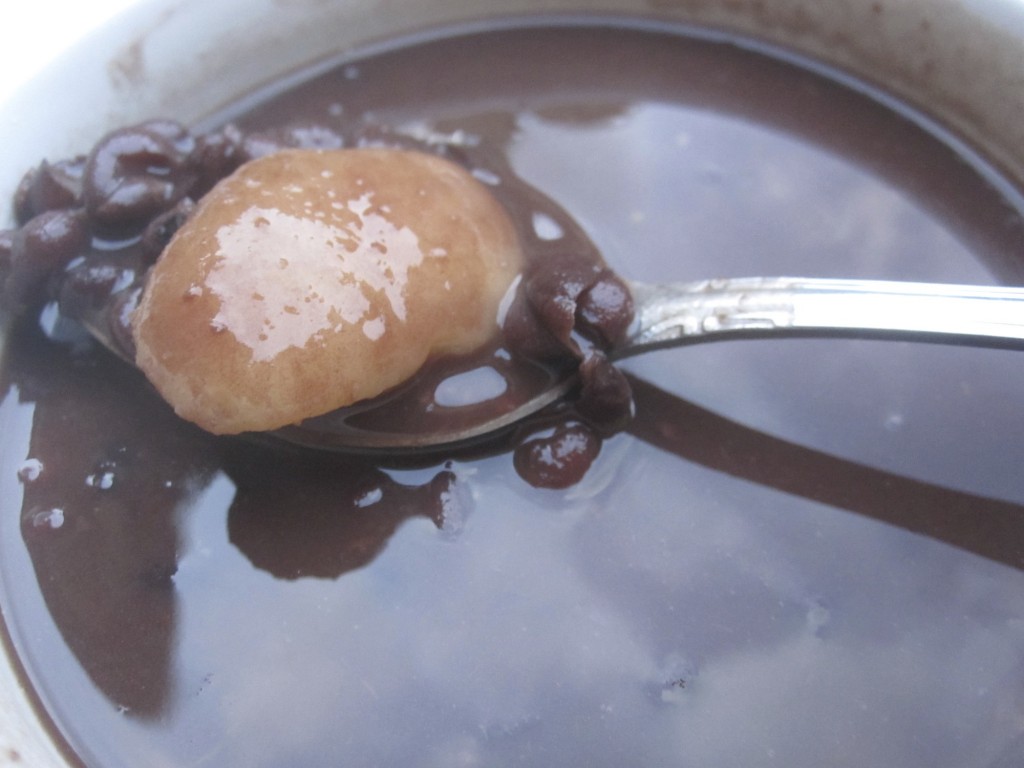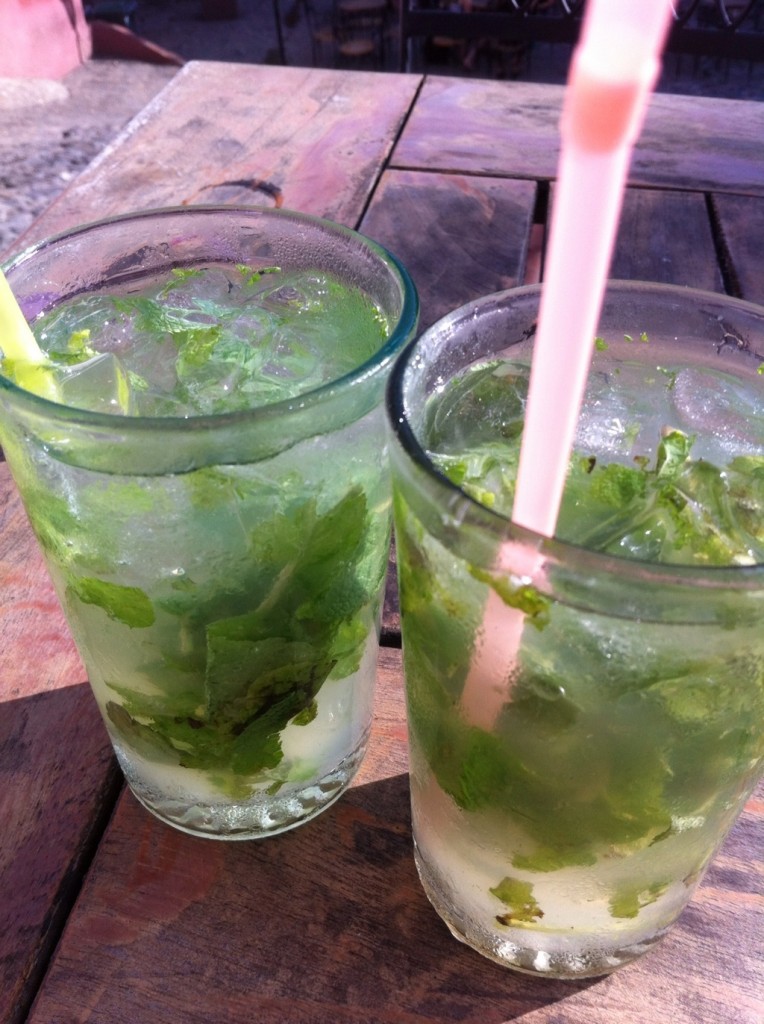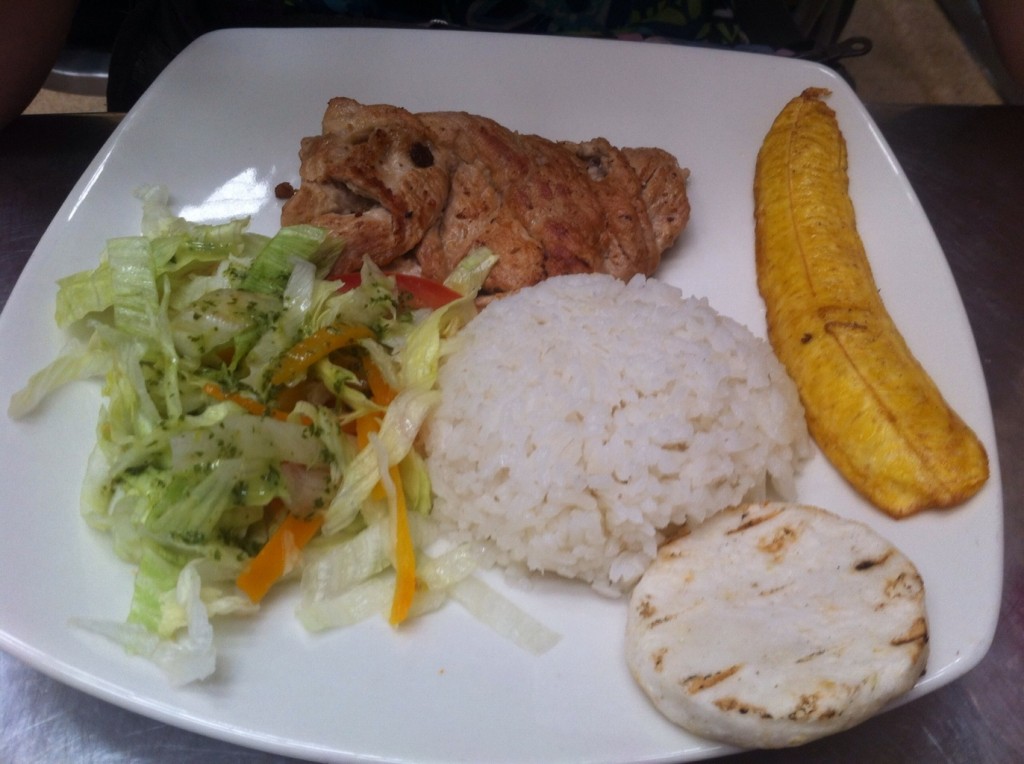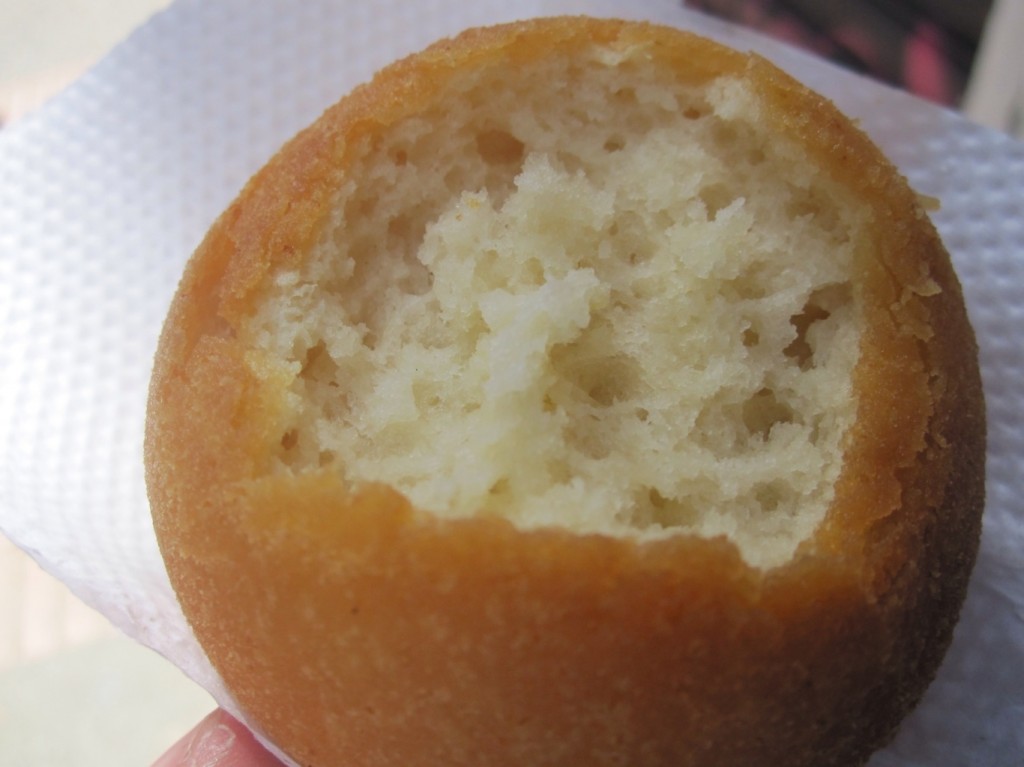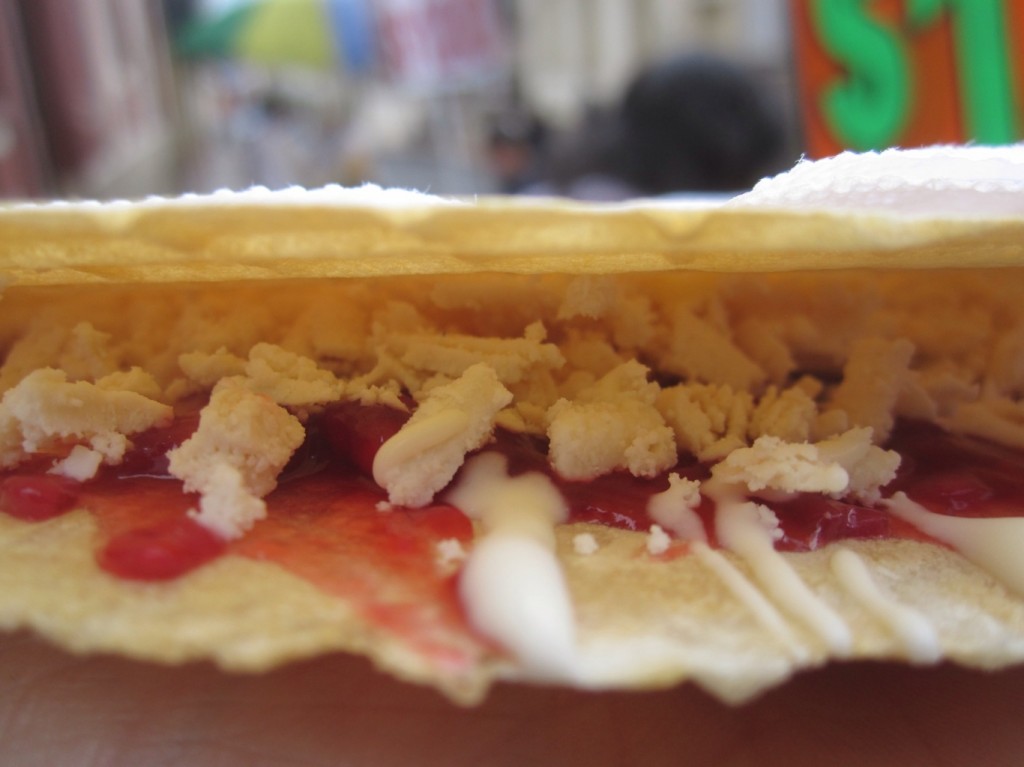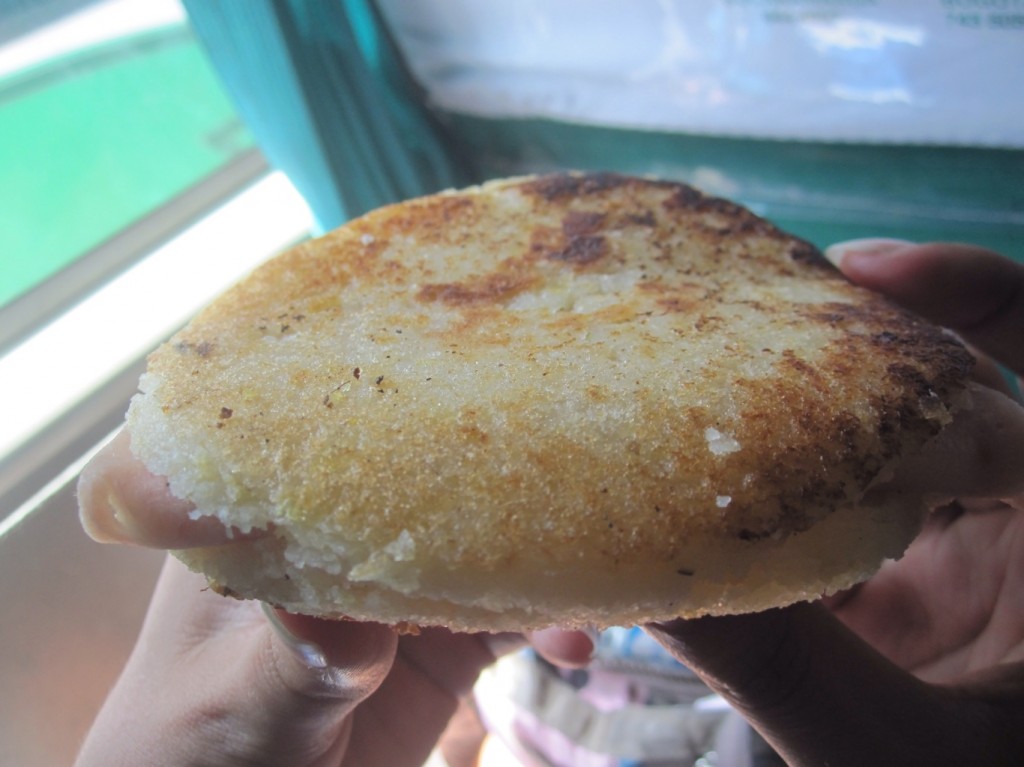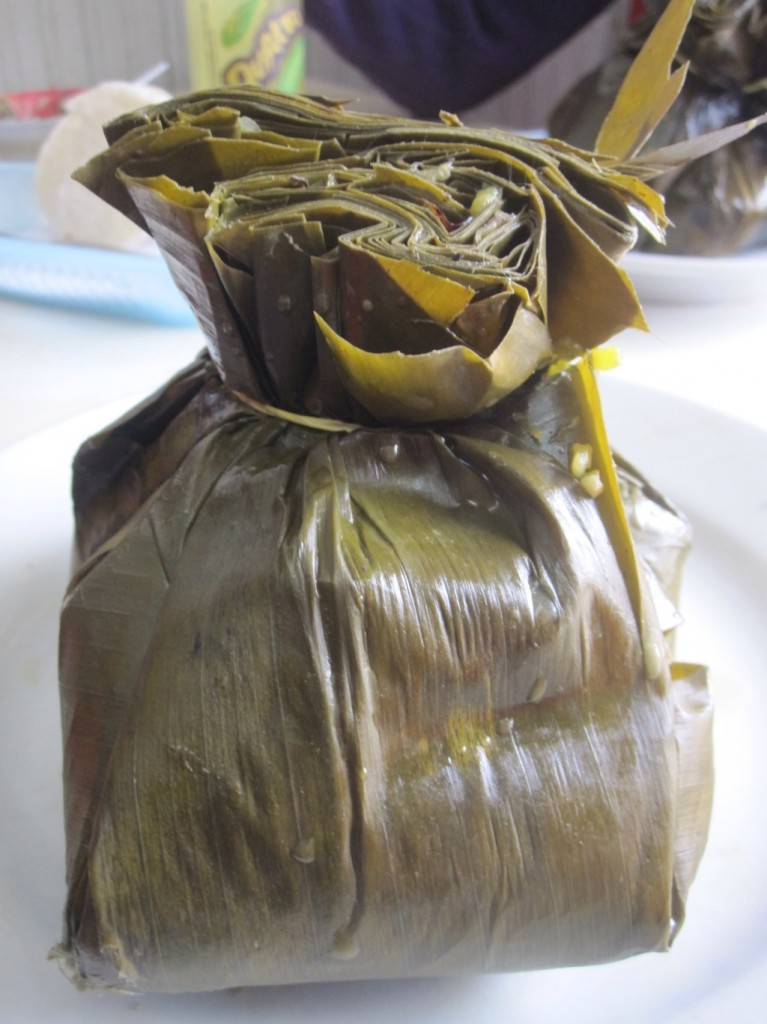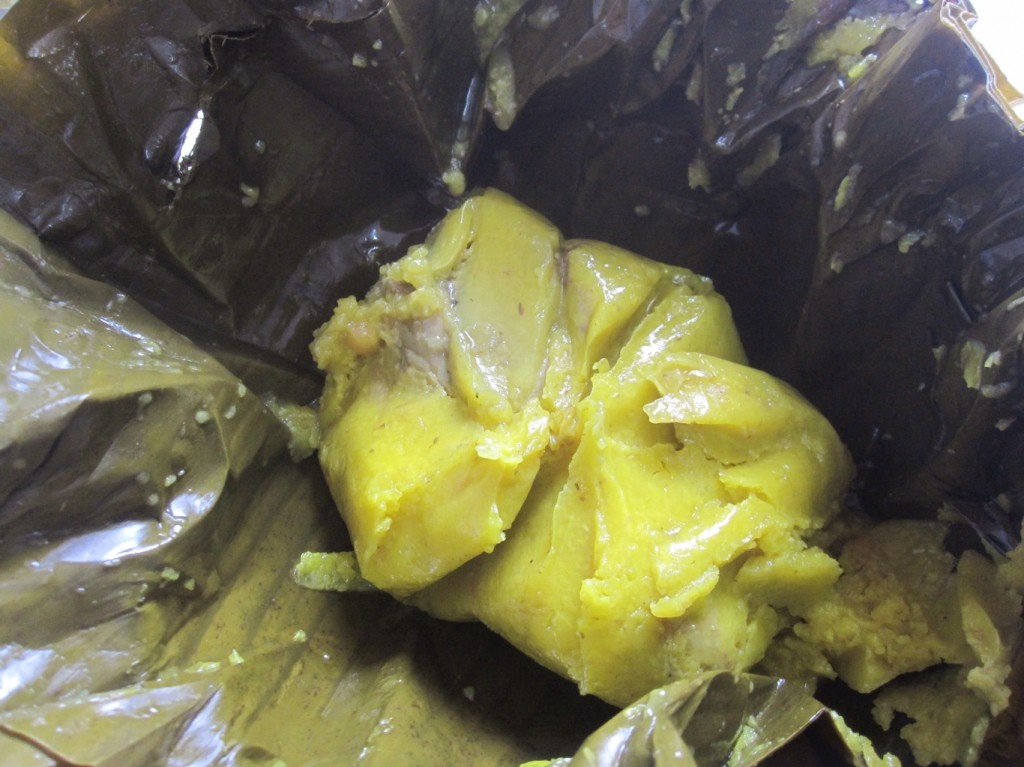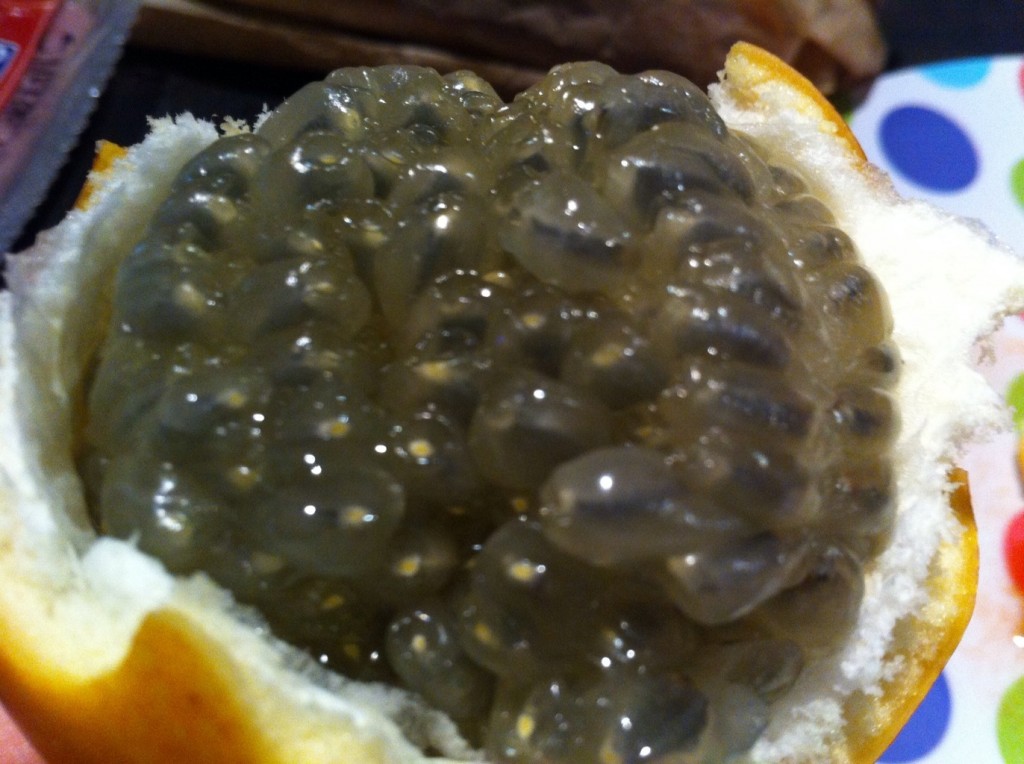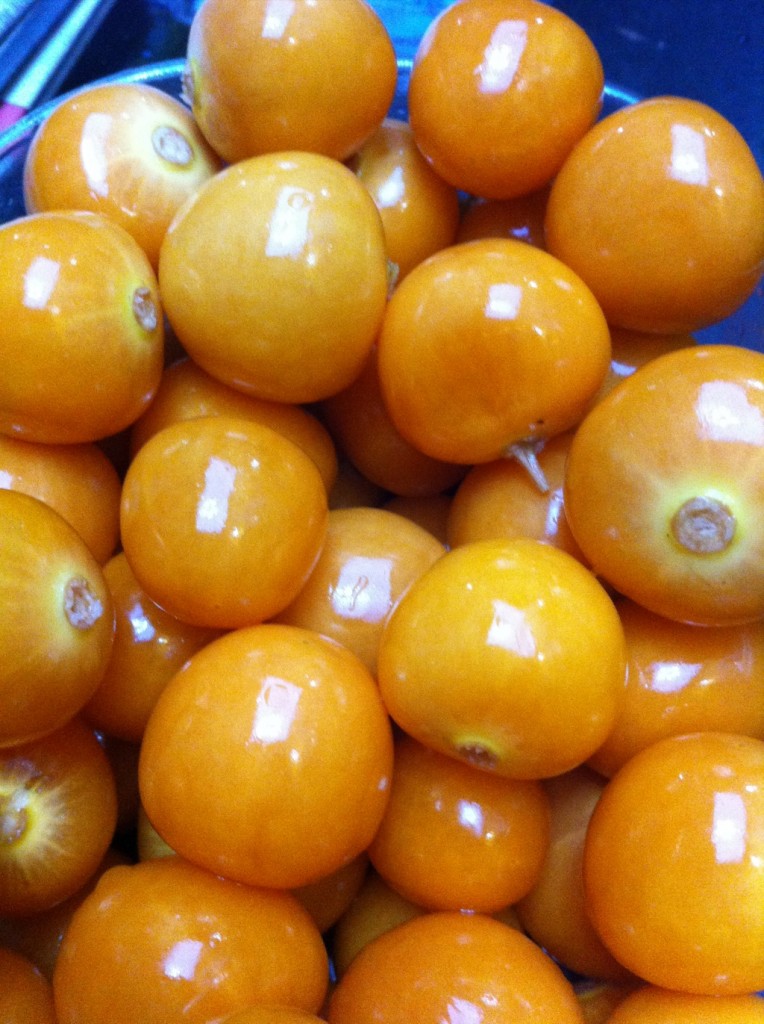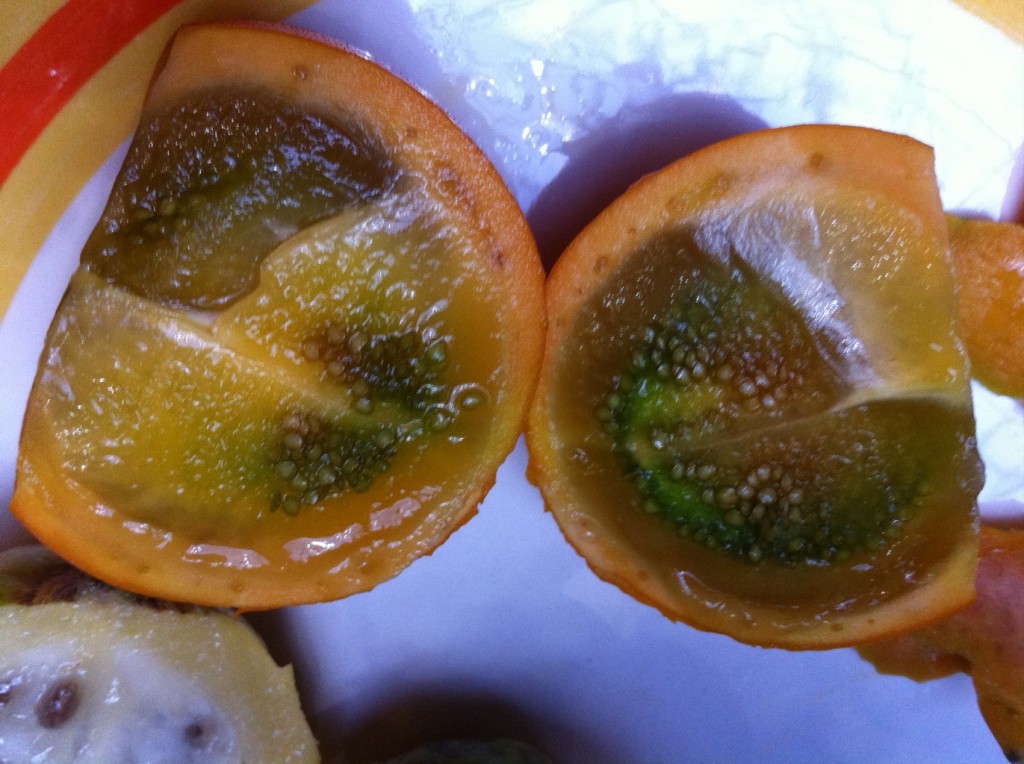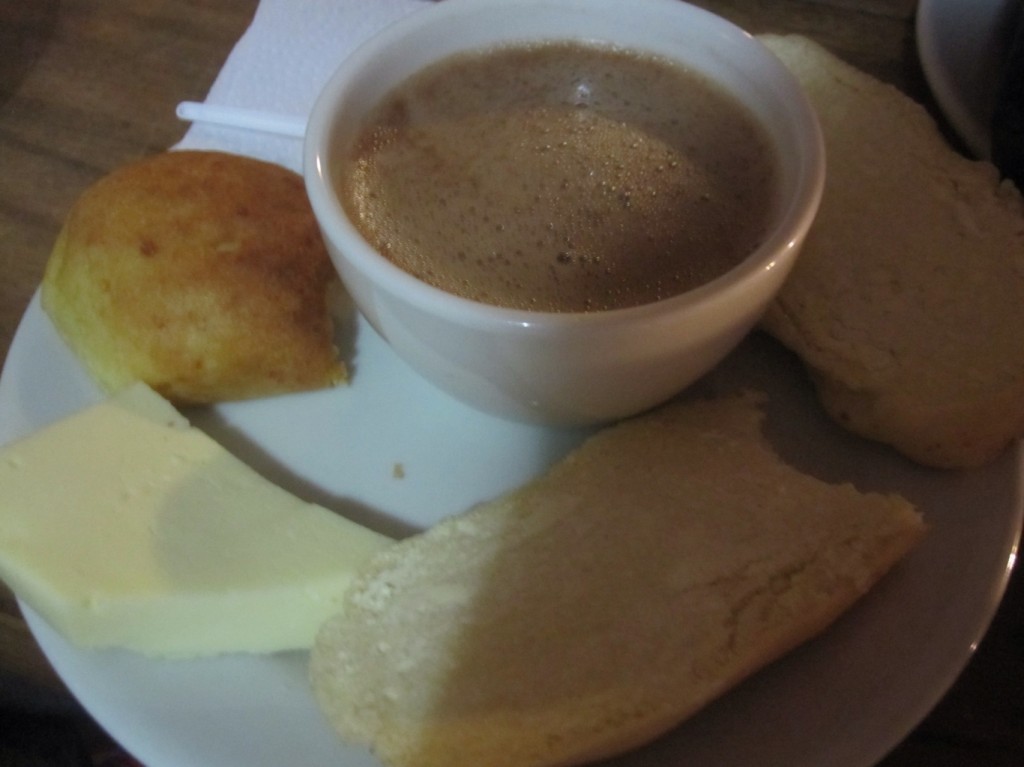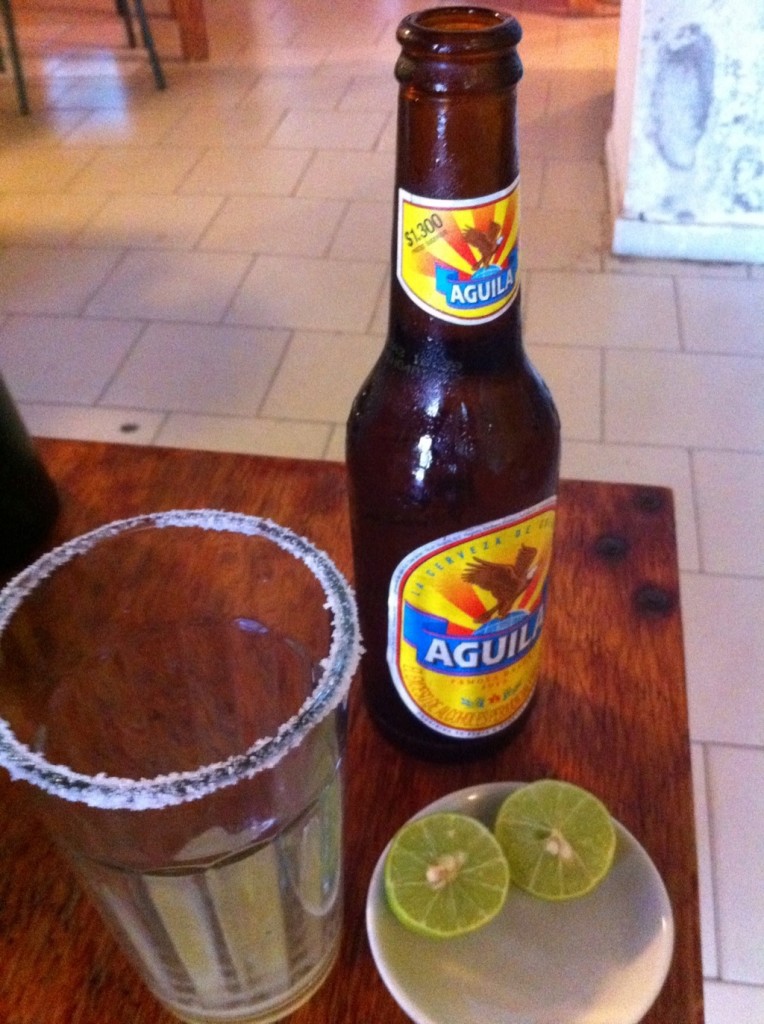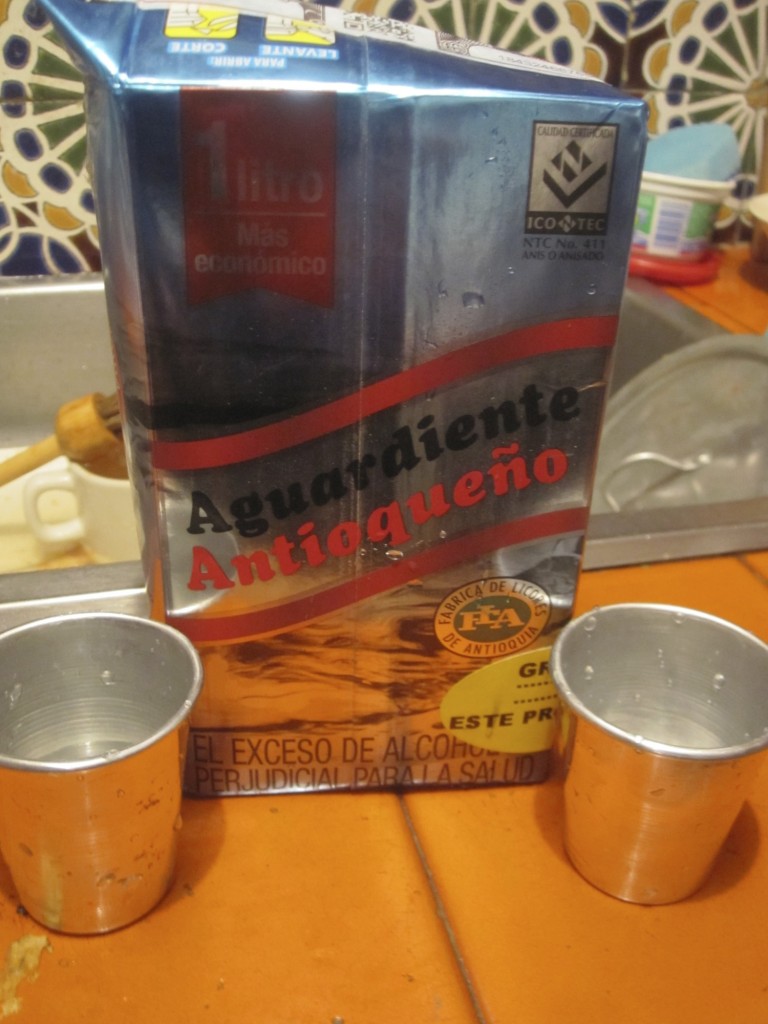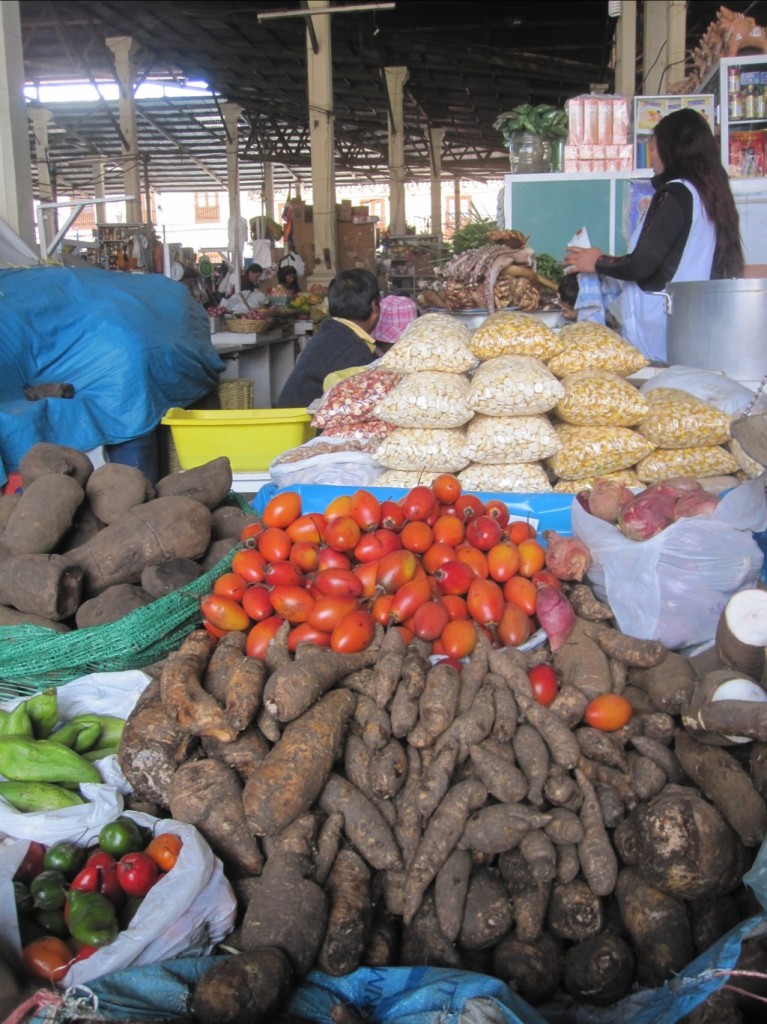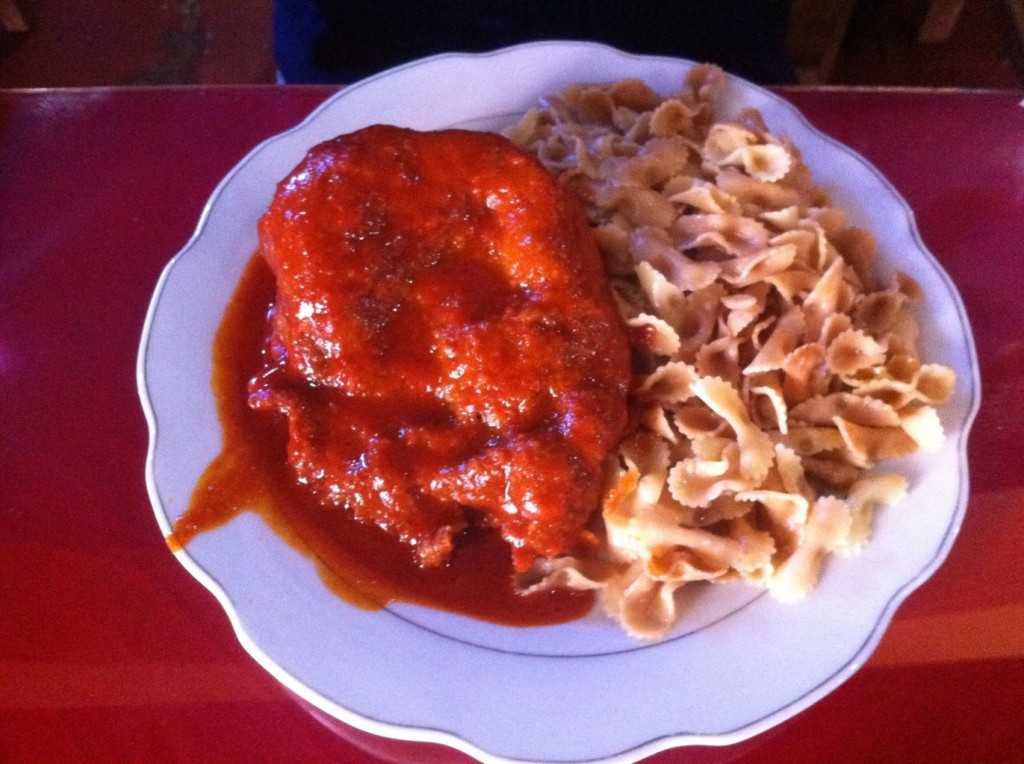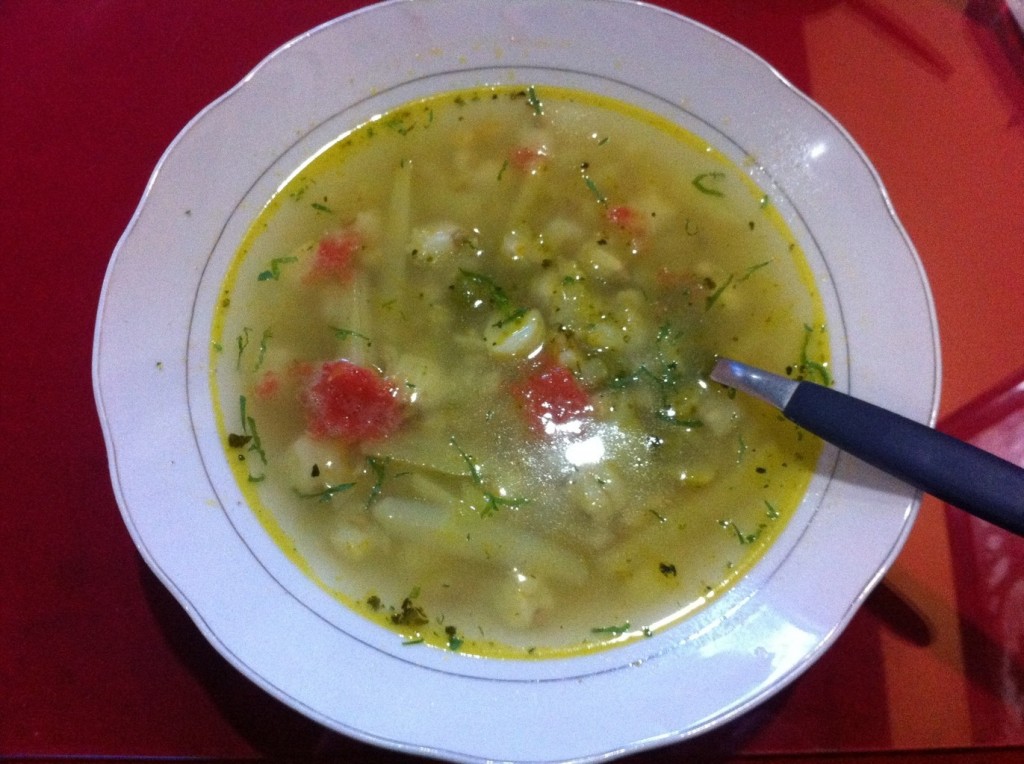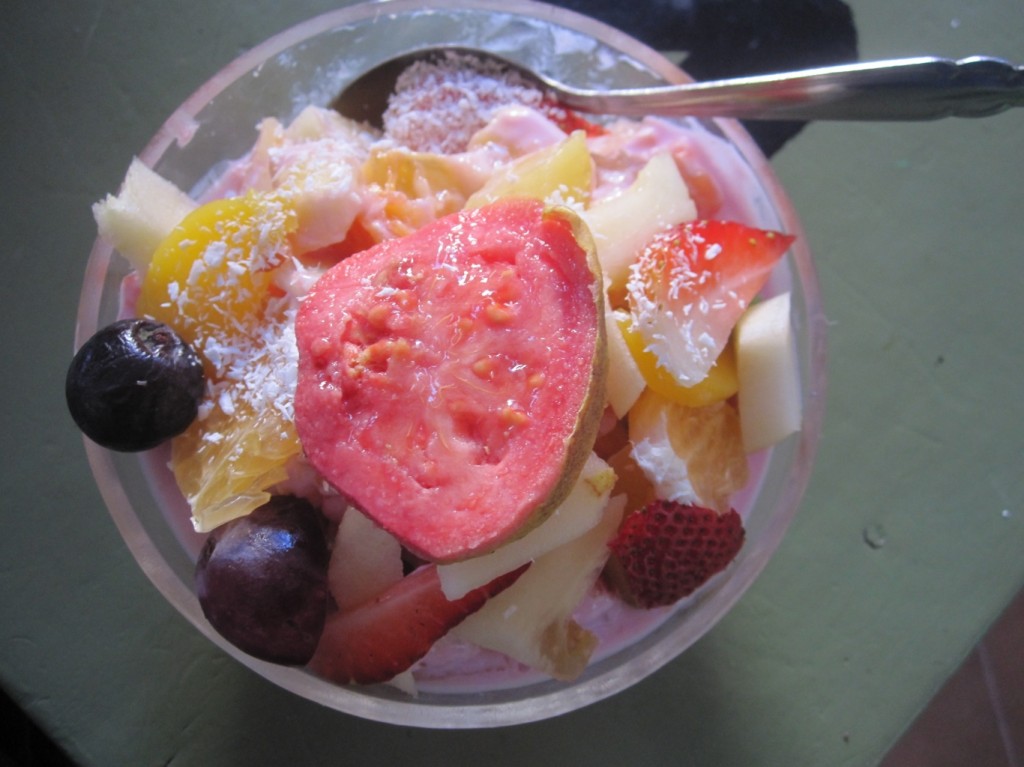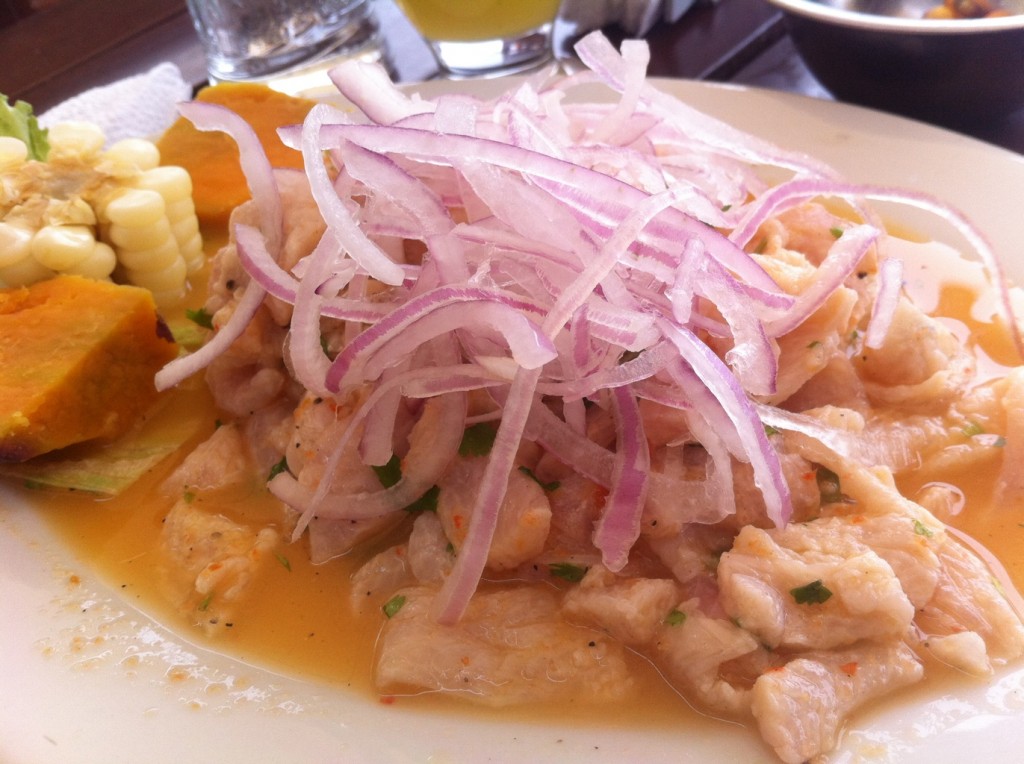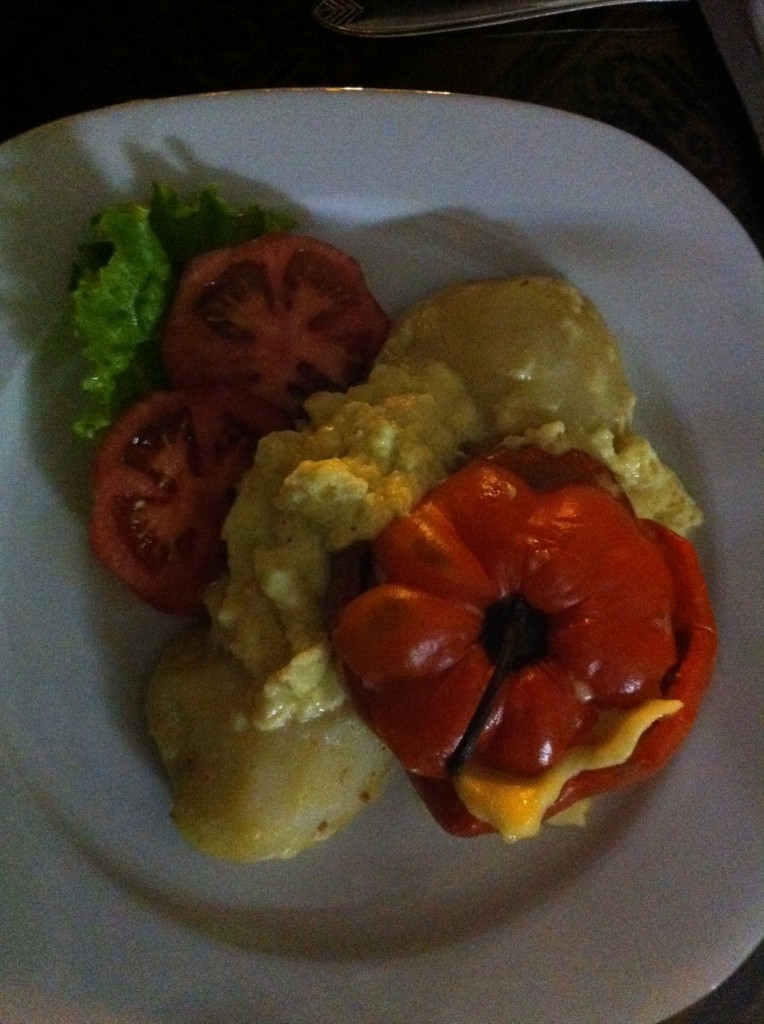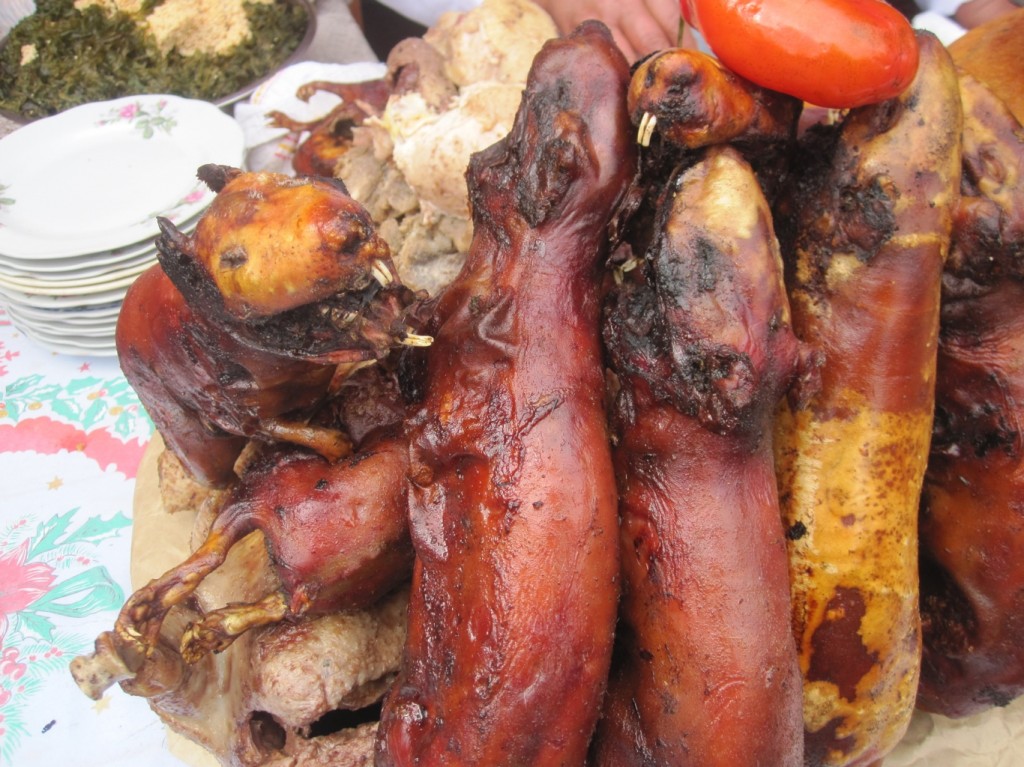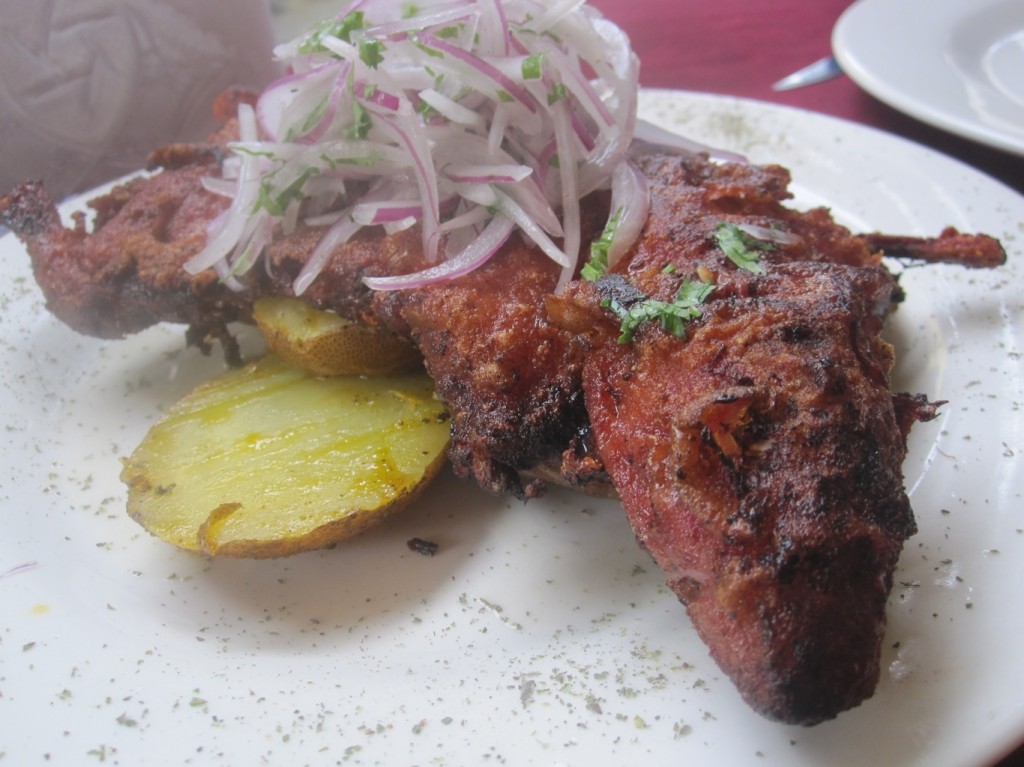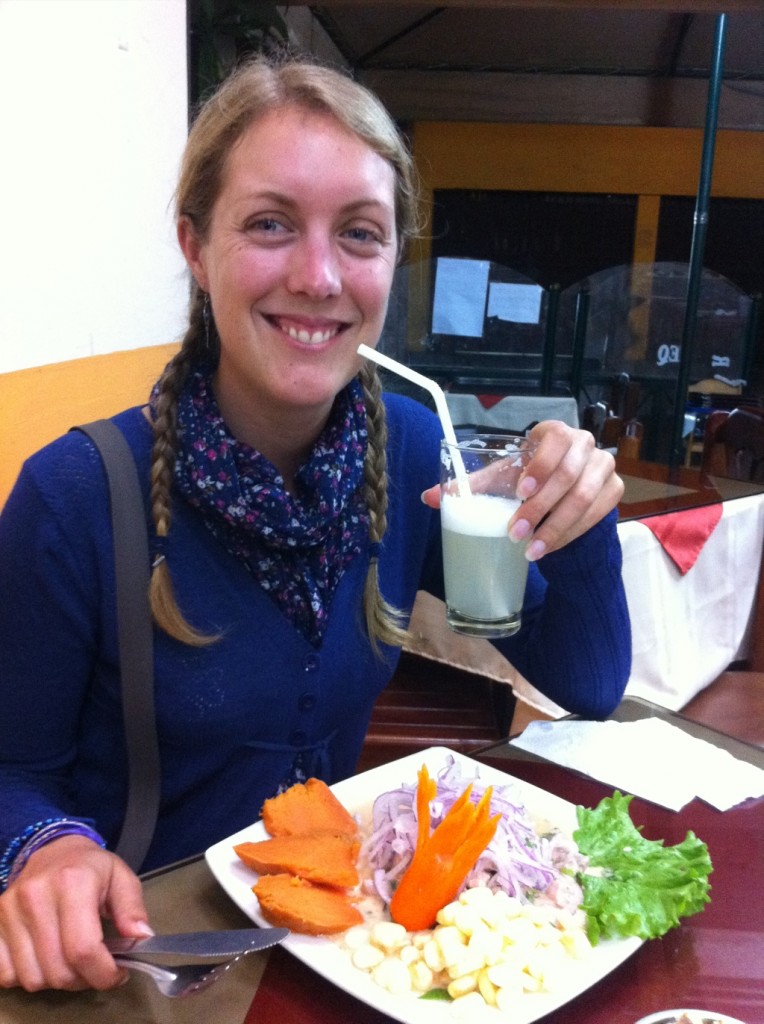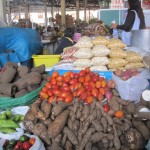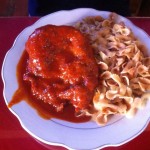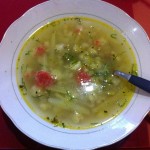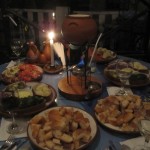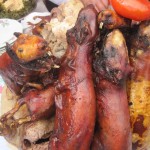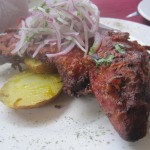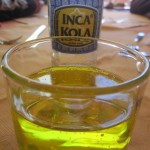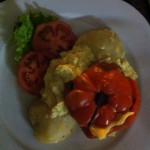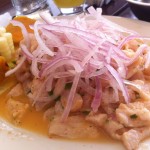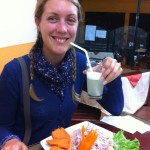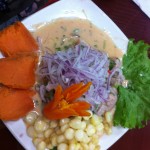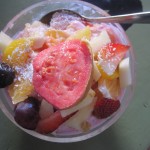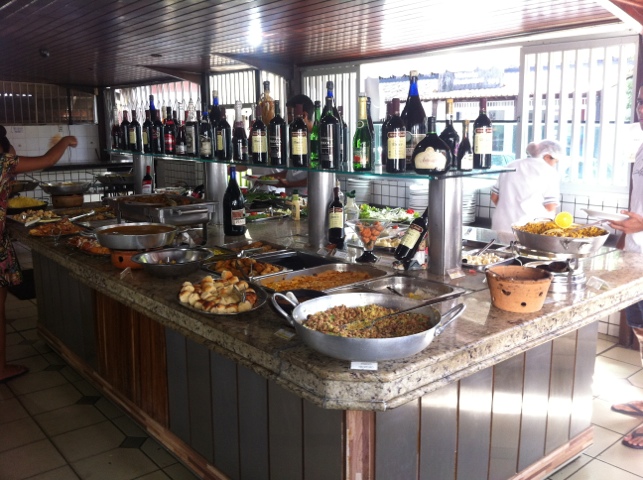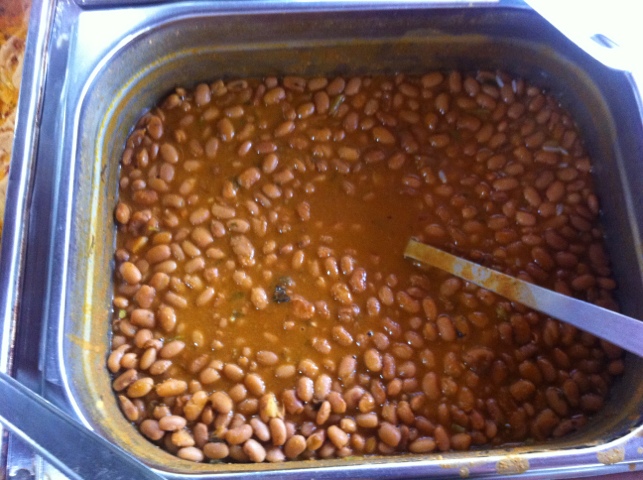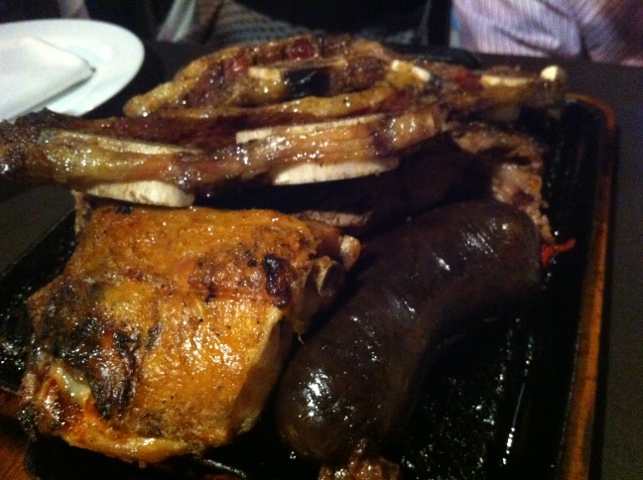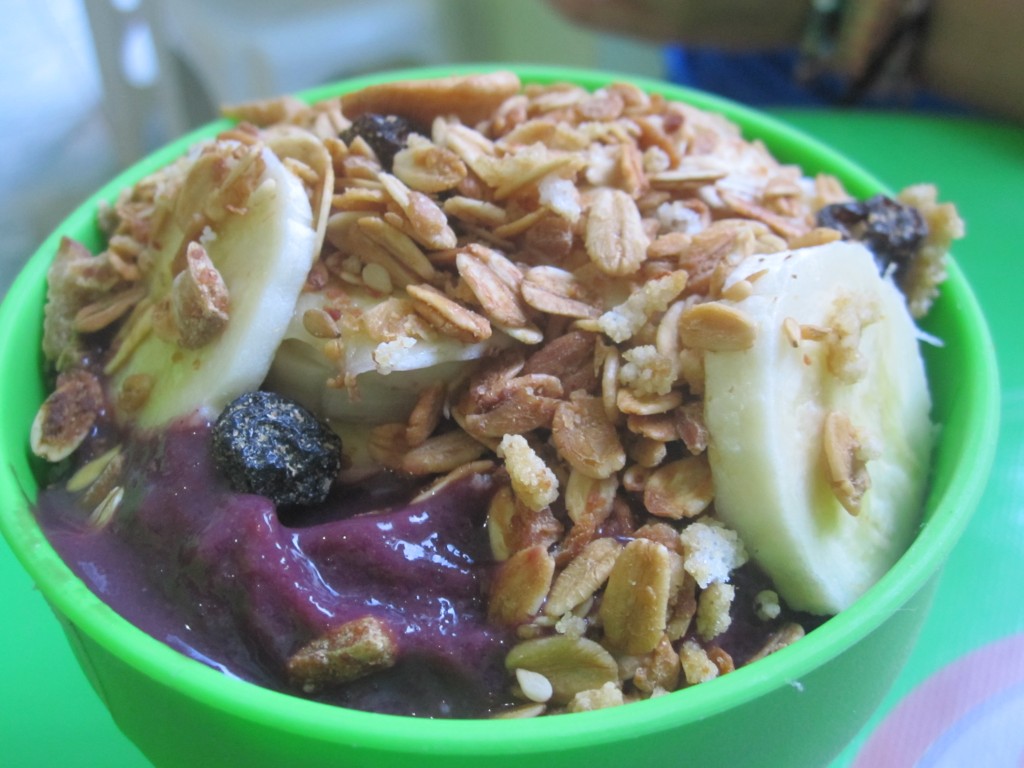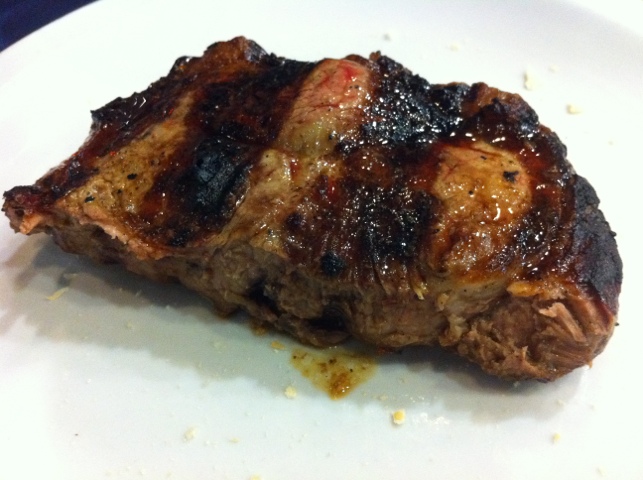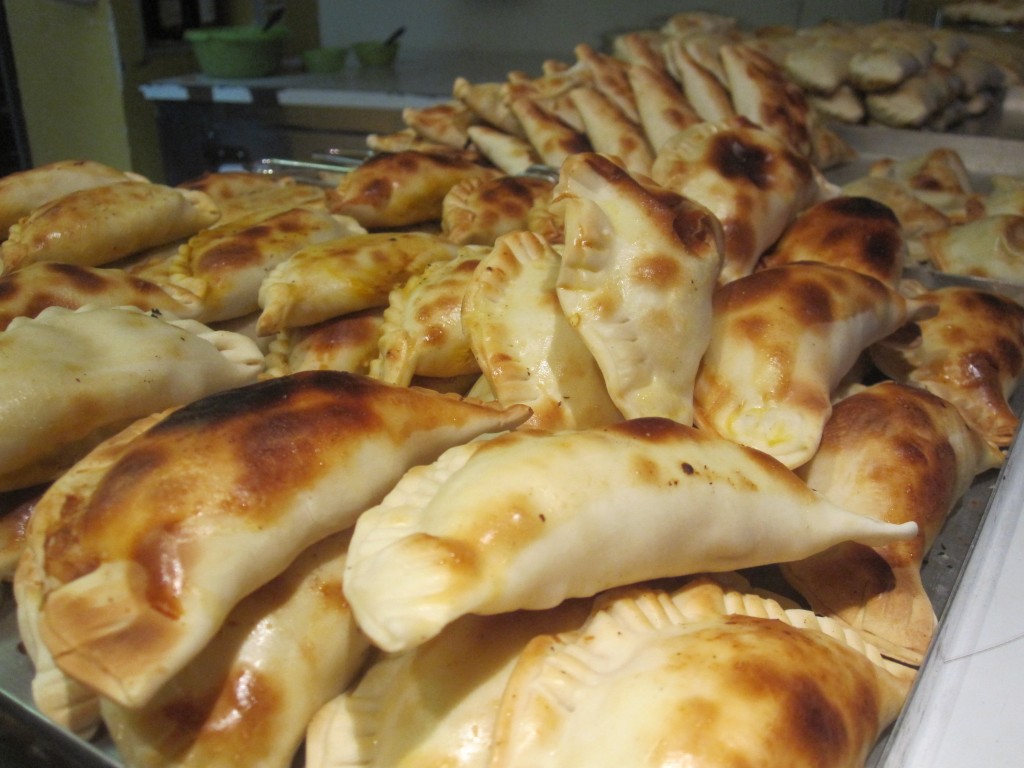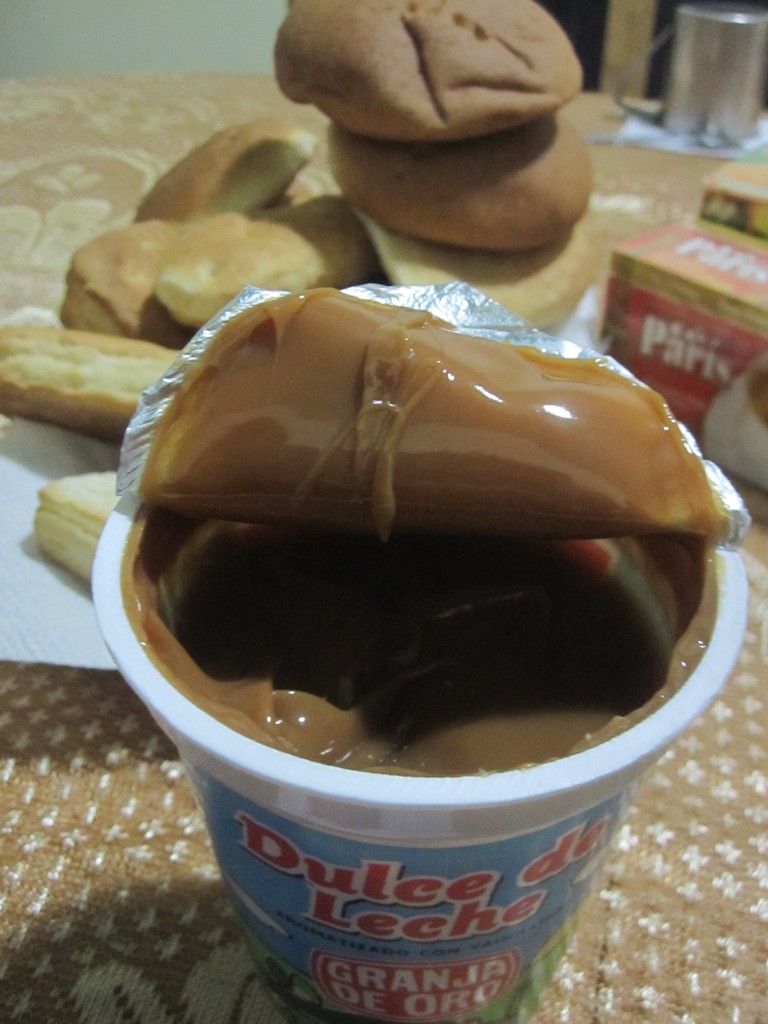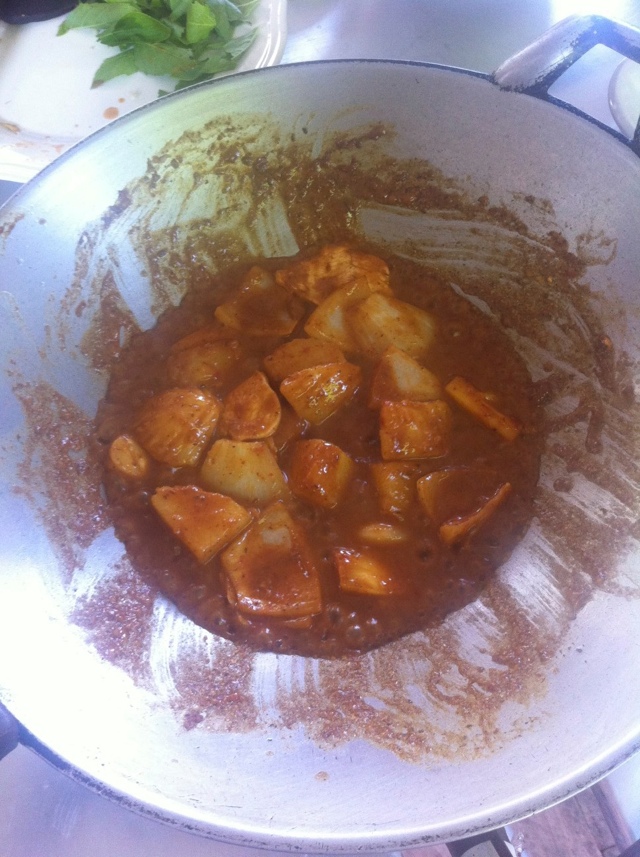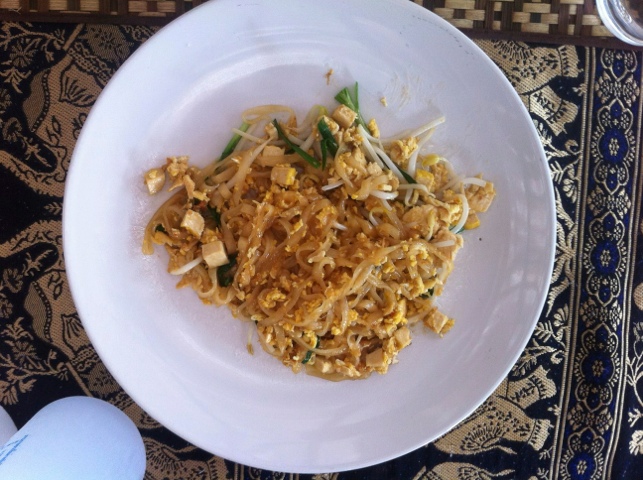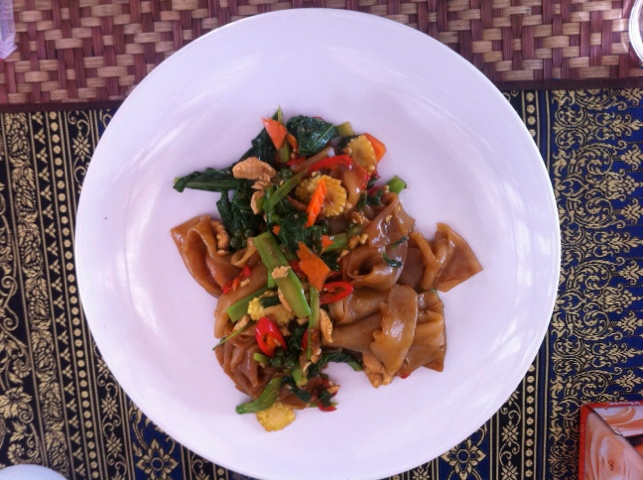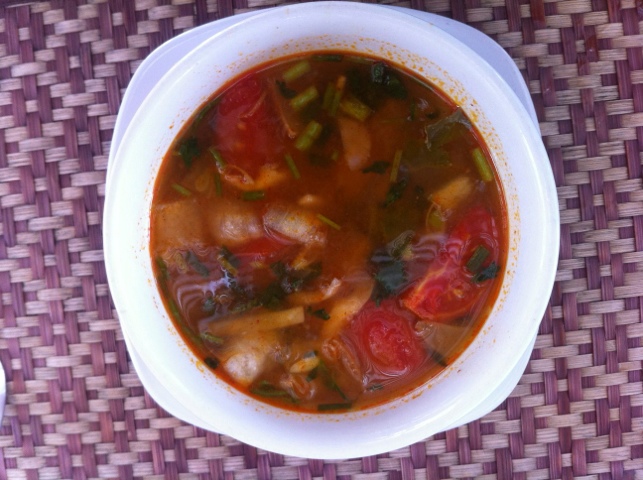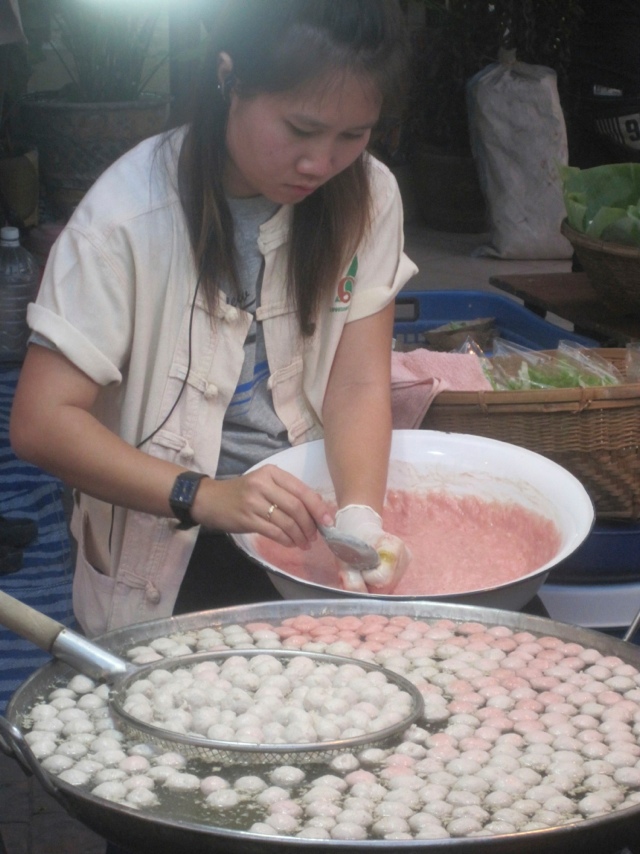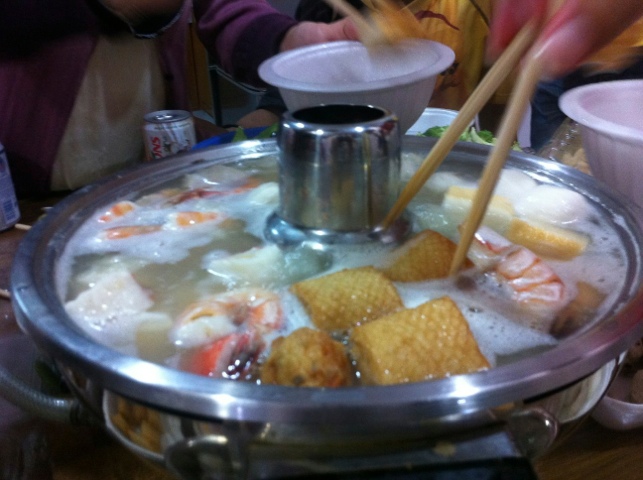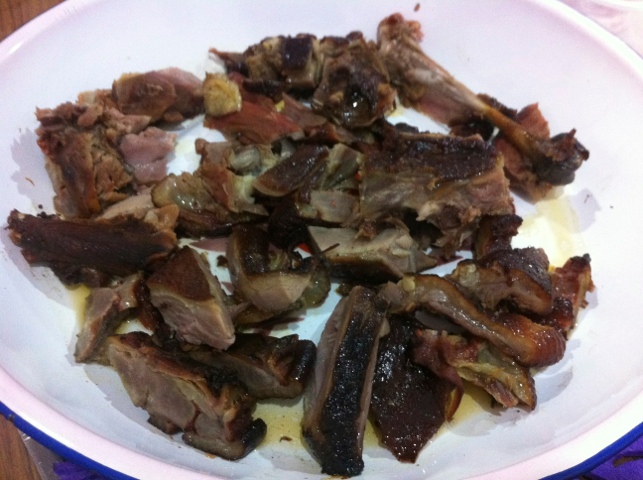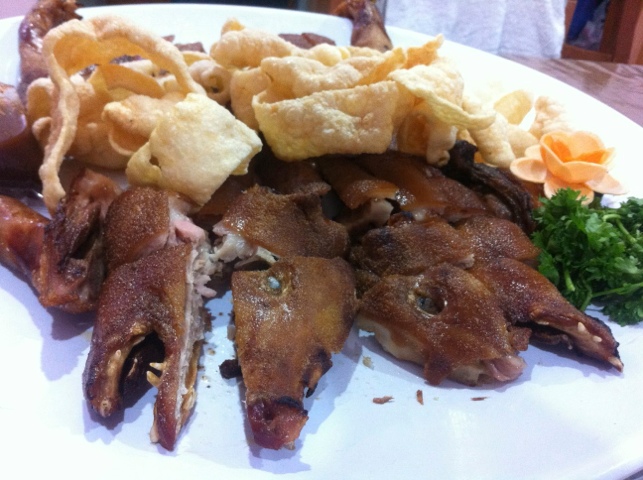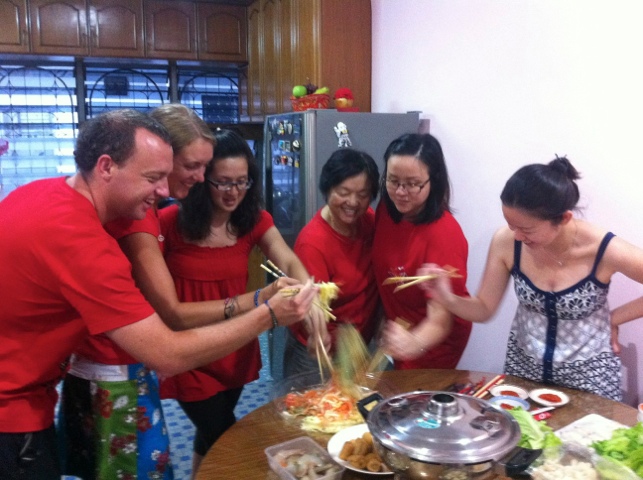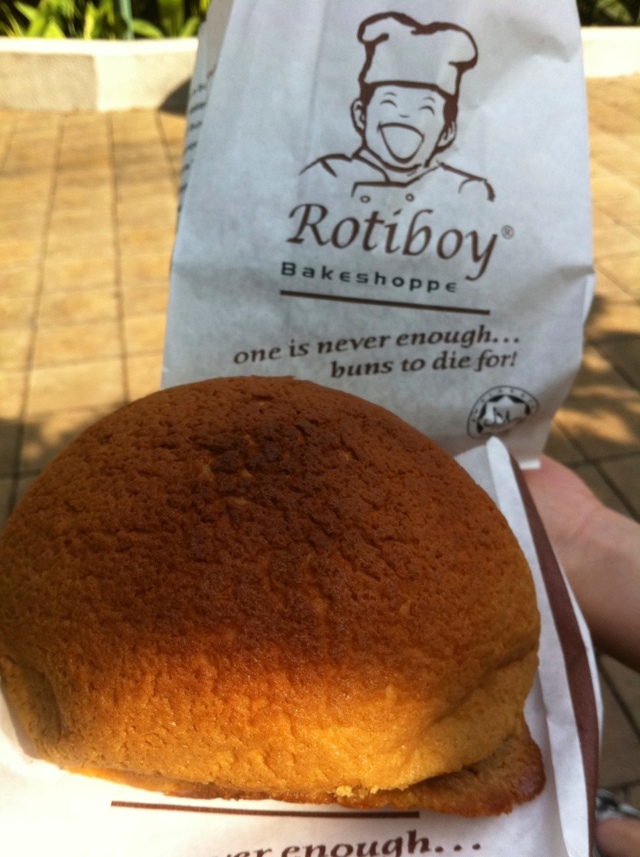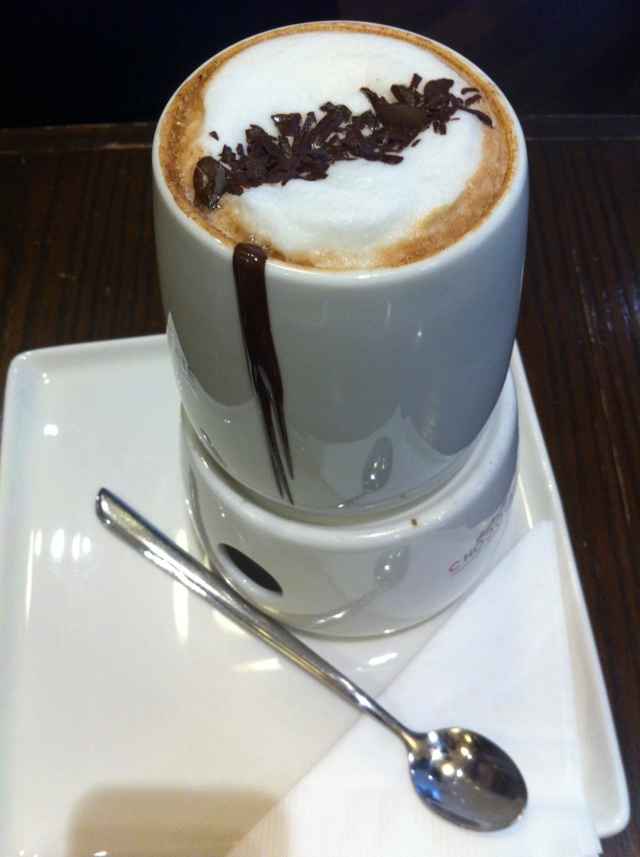If you eat at your casa particular (which you really should for the best quality food and the feel-good-factor of knowing the family that your money is going to) you’ll definitely leave Cuba a few pounds heavier than when you entered. Meals provided by the casa owners have been consistently fantastic and huge! For a taste of Cuba read on…
Fantastic fruits
Although perhaps slightly less varied that the tropical fruits in Colombia, the flavours in Cuba are just incredible, with the sweetest pineapples and tangiest mangoes I’ve ever tasted. And with a platter of fruit at every breakfast and dinner you can’t help but get your ‘five-a-day’!
Langosta (lobster)
For some reason lobster appears to be both cheap and abundant in Cuba (for tourists at least). I’ve eaten more lobster in the past two weeks than I have in my entire life! Cooked with a tomato sauce and served alongside green beans, avacado, cucumber, manioc, rice and a black bean stew, it made one of the best banquet-style dinners provided by the friendly casa owners.
Black bean stew
Not all that dissimilar to the feijao in Brazil, this slightly salty black bean stew is the perfect side dish, providing more variety and flavour to accompany the staple South American meat-and-rice main course.
Fried plantain/bananas
Another common side dish found in Cuba is fried plantain or bananas, not being a fan of bananas I leave this treat (as I have at every meal) to Simon…. “I do like bananas, but being compelled to politely eat these oily yellow discs at every meal, I’m beginning to see Laura’s point of view! Sweet, filling and delicious, yes; a huge plate every day alongside an already massive meal? I think I’ve had my quota for the next few years!”
Pizza, and ham sandwiches
These are two classic street snacks found throughout Cuba, perfect for a light (well compared to the huge dinners) lunch. Bought for 10-20 moneda nacional pesos (25-50p) ham and cheese pizzas, cooked in ovens fashioned from old oil drums, are served on a disc of paper and eaten folded in half. Ham sandwiches can also be bought on every street corner and are nearly always toasted and served hand-scorchingly hot.
Ice cream
We delighted in spending our days in Viñales sampling the different ice-cream flavours peddled by the town’s various ice-cream vendors. The Mr Whippy-style dispensers give nothing away, it’s not until your first lick you discover you’ve been sold a delicious pineapple or some other delightful yet unexpected flavoured ice cream, and for only 2.5p!
Rum (Ron)
With the sun shining and live Cuban music playing you can’t resist the temptation of sitting back for the afternoon with a nice refreshing mojito or cuba libre. These rum based cocktails are impossible to avoid in Cuba, and why would you want to?
Thank you to all the lovely casa ladies for the fabulous feasts and for making Cuban food some of the best we’ve had in South America! ¡Buen provecho!
Laura

